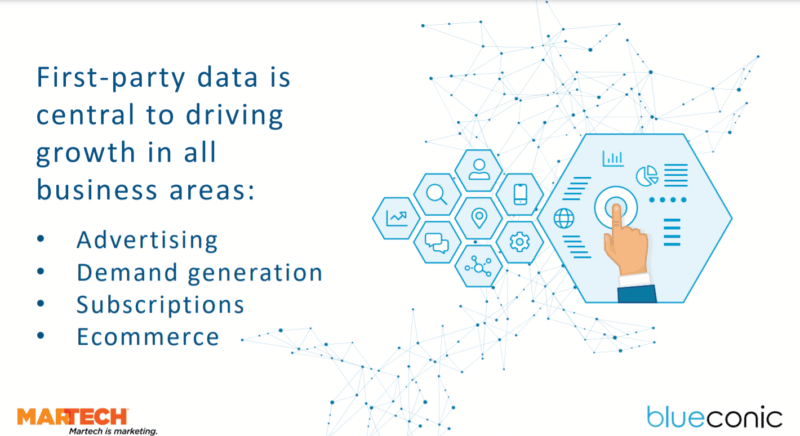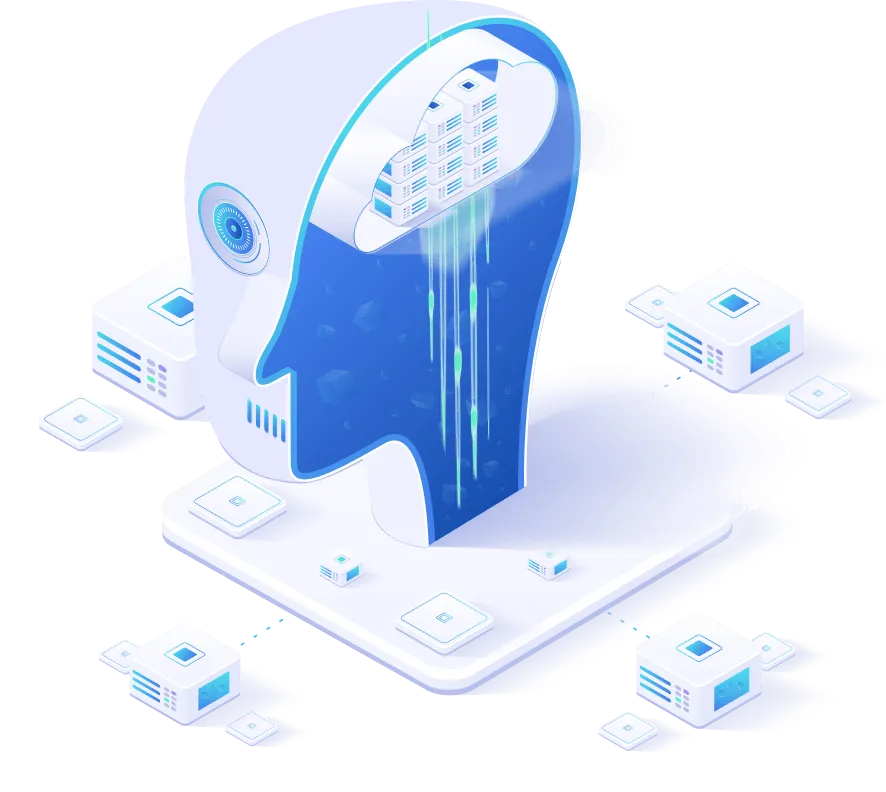Knowing the value of collecting and activating first-party data is the first step to achieving successful campaigns.

To meet their business goals, many marketers have found that collecting first-party customer data uniquely aligns with their brand offerings as each feeds information into the other. But in today’s world, brands are increasingly relying on collecting and activating customer data to achieve their goals.
Without a first-party data collection process, marketers will have a hard time building customer relationships and meeting their goals.
The Challenges and Benefits of First-Party Data Collection
Consensual first-party data collection gives brands the additional insights they need to better understand their audience and map out their buying journey. And luckily, there are plenty of tools available to help with this process.

Collect data with a customer data platform
Wootton said Dennis Publishing could accomplish some of these collection tasks with a data lake, but it lacked a single customer view that could turn information into actionable pieces. So it chose to use a CDP to help meet its organizational goals.
People and data collection processes
A team is not complete without players, and data collection is not complete without facilitators. In the same presentation, Jackie Rousseau-Anderson of Blueconic asked Wootton what his organization would do differently to improve its data collection process. In response, he emphasized the need to involve talented practitioners throughout the entire process.
Hiring talented professionals from the start can help get your data collection on track. But more than that, it can provide insights to continually improve your branding efforts.
Original post: Why first-party data collection should be a priority for marketers (martech.org)
Translated by: Phan Cong Duy





